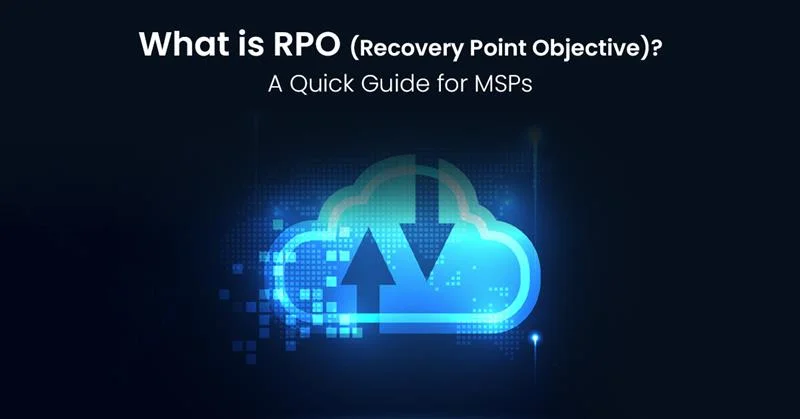I think most leaders would agree on this. One of the hardest parts of the job is bringing someone new into the organization. Sure, there’s always the emotional toll of having to let someone go. What do they say? Release them back into the market. It sounds nicer than it feels. Maybe the role wasn’t right for them. Maybe your team wasn’t the best fit. Maybe they simply had outgrown the space and needed something else. Whatever the reason, it’s never easy to say goodbye. But what often weighs heavier isn’t just the exit. It’s what comes next.
Now I have to find someone new. The gears start turning before the farewell email is even sent. There’s the job posting to write, the sea of resumes to scan, the interviews that stretch across too many calendar blocks, the brief moment of excitement when you meet someone who feels like a match. Then comes the reference checks, the offer letter, the back-and-forth over compensation, and finally, a signed offer. Relief, yes. Gratitude, absolutely. But then it hits. Now the real work begins.
Hiring someone is only the first step. What comes next determines whether that investment pays off or falls short. I’m talking about onboarding. And not the HR orientation version where you give someone a login, point to the handbook, and introduce them on Teams. I’m talking about building a thoughtful, structured onboarding process that sets them up for success, not just for the first week or month, but for the long haul.
We’ve all made mistakes here, assumed that a smart hire would just figure things out. We’ve all been short on time, hoping to get away with an abbreviated training to hit the ground running. But I’ve seen the impact when onboarding is rushed, unclear, or inconsistent. And even I’ve had to go back and do it right. That’s why I want to talk about this now, not just as someone who has taught the importance of strong onboarding, but as someone who had to relearn that lesson recently.
A strong onboarding process doesn’t begin on day one. It starts before the person even steps through your virtual or physical door. You need to have clarity on what they’re walking into. What does success look like for them in the first 30, 60, 90 days? What specific goals do you want them to hit? And equally important, what should they be learning during that time? Because those two tracks, performance and knowledge, have to run in parallel. You can’t ask someone to deliver outcomes if you haven’t taken the time to show them how things work.
What’s the culture here? Who do we serve and why? What’s the story behind our product or service and how do we communicate that to the market? What’s our ideal customer profile? What do we believe makes us different? How do we sell? How do we market? What tools do we use and why? What are the unspoken rules that nobody writes down but everyone seems to know?
It’s not just about policies or procedures. It’s about painting a picture. This is how we do things. This is how we show up for clients. This is how we handle conflict. This is what we reward. And most importantly, this is where you fit in. When onboarding is rushed, employees don’t just miss information. They miss the context. Without context, it’s hard to make good decisions. It’s hard to contribute in a way that feels meaningful. When mistakes happen, they take a toll on both the new hire and you as a leader.
So, we have to slow down. We have to create space for conversation, questions, shadowing, feedback, and iteration. That means clearing calendars. That means pushing back a weekly huddle or rescheduling a one-on-one. Not because those meetings don’t matter, but because a strong onboarding will improve the quality of all those future touchpoints.
I recently cleared a full week just to go back and redo parts of an onboarding that didn’t land the first time. That wasn’t easy. My calendar, like yours, is full. But I knew that continuing without a course correction would only cause more friction later. And here’s the truth. It’s never too late to fix it. You can go back. You can add structure where there wasn’t any. You can explain what didn’t get explained. You can apologize if someone felt lost and you can walk them through what they need to know now. People respect that. They don’t expect perfection, but they do appreciate intentionality.
So, if you’ve made onboarding mistakes, welcome to the club. The only mistake you can’t afford to make is not fixing them.
And if you’re thinking this sounds like a lot of work, you’re right. It is. But it’s also the most valuable time you can spend. Because when you invest in helping someone understand the why and the how behind their work, you give them the confidence to contribute. You accelerate their ramp-up. You reduce turnover. You create alignment. And long after the first 90 days, you’ll see the return. Onboarding isn’t a week-long checklist. It’s the foundation of someone’s journey with your company. And the way you build that foundation tells them everything they need to know about how you lead.
So, take the time. Give them your attention. Share what you know. The time you spend now isn’t a cost. It’s a gift. One that pays off month after month, project after project, and maybe, if you do it right, career after career.








